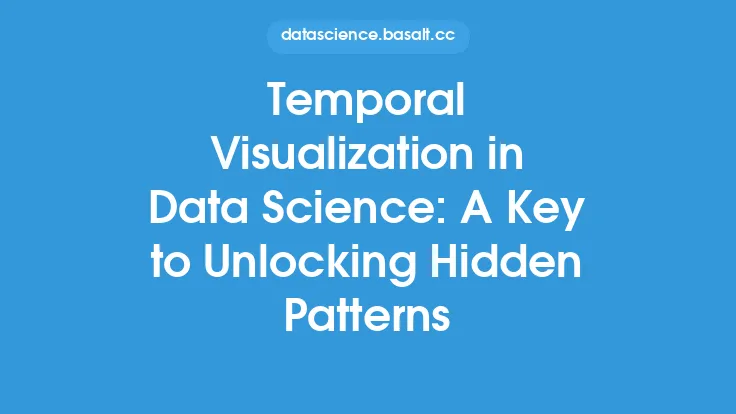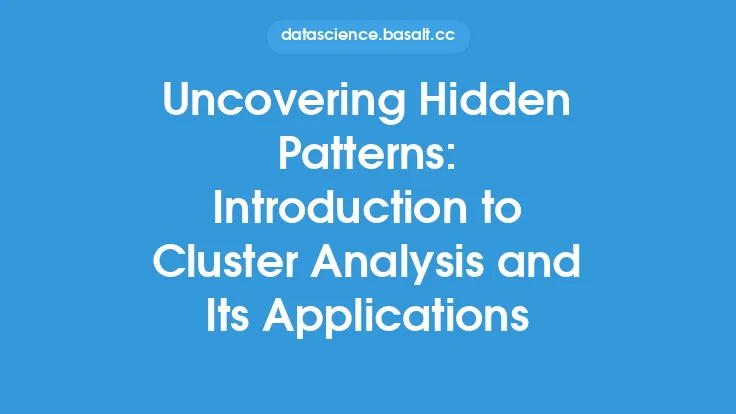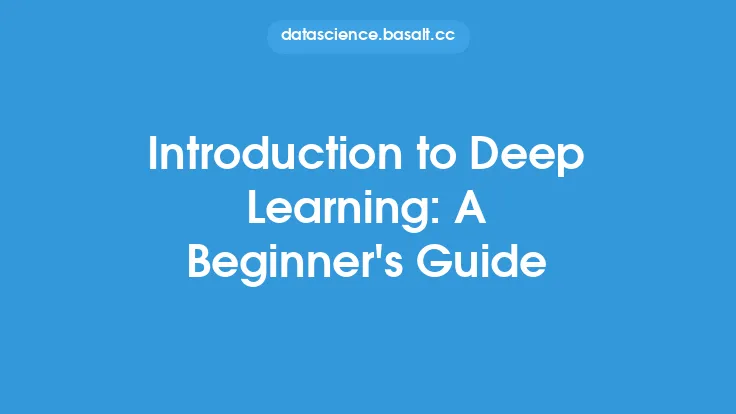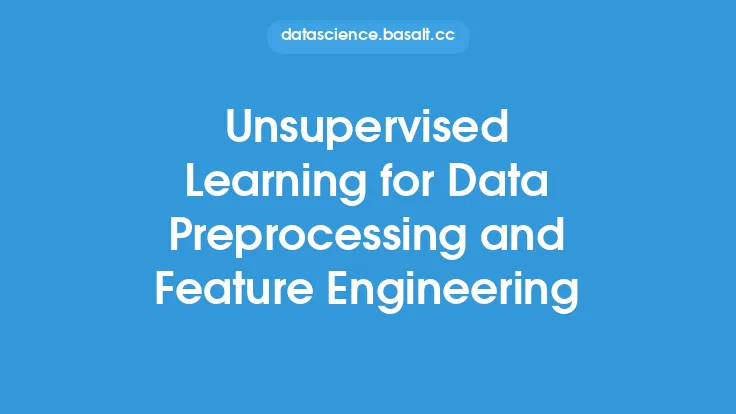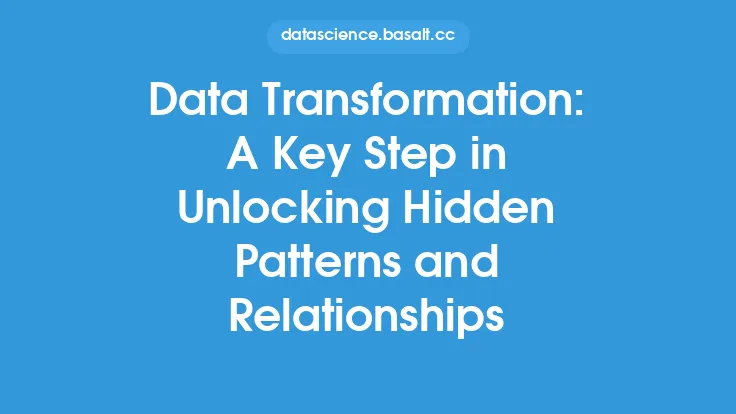Unsupervised learning is a subset of machine learning that involves training algorithms on datasets without labeled responses, allowing the model to find patterns, relationships, and groupings on its own. This approach is particularly useful when the outcome or response variable is unknown or not well-defined. Unlike supervised learning, where the goal is to predict a specific output based on input data, unsupervised learning aims to discover hidden structures, clusters, or anomalies within the data.
What is Unsupervised Learning?
Unsupervised learning algorithms work by identifying patterns, correlations, and relationships within the data, without any prior knowledge of the expected output. The primary goal is to uncover underlying structures, such as clusters, dimensions, or anomalies, that can help describe the data. This approach is often used in exploratory data analysis, where the objective is to understand the underlying characteristics of the data, rather than making predictions.
Types of Unsupervised Learning
There are several types of unsupervised learning techniques, including:
- Clustering: grouping similar data points into clusters based on their features.
- Dimensionality reduction: reducing the number of features in a dataset while preserving the most important information.
- Anomaly detection: identifying data points that are significantly different from the rest of the data.
- Association rule learning: discovering rules that describe the relationships between different variables in the data.
- Density estimation: estimating the underlying probability distribution of the data.
How Unsupervised Learning Works
Unsupervised learning algorithms typically involve the following steps:
- Data preprocessing: cleaning, transforming, and normalizing the data to prepare it for analysis.
- Feature selection: selecting the most relevant features or variables to use in the analysis.
- Model selection: choosing the most suitable unsupervised learning algorithm based on the characteristics of the data and the goals of the analysis.
- Model training: training the algorithm on the preprocessed data to identify patterns, relationships, or groupings.
- Model evaluation: evaluating the performance of the algorithm using metrics such as clustering quality, dimensionality reduction, or anomaly detection accuracy.
Applications of Unsupervised Learning
Unsupervised learning has a wide range of applications across various industries, including:
- Customer segmentation: identifying distinct customer groups based on their behavior, preferences, and demographics.
- Gene expression analysis: identifying patterns and relationships in gene expression data to understand biological processes.
- Image and video analysis: identifying objects, patterns, and anomalies in images and videos.
- Recommendation systems: suggesting products or services based on the behavior and preferences of similar users.
- Network analysis: identifying clusters, communities, and anomalies in network data, such as social networks or web graphs.
Challenges and Limitations of Unsupervised Learning
While unsupervised learning offers many benefits, it also presents several challenges and limitations, including:
- Lack of interpretability: unsupervised learning models can be difficult to interpret, making it challenging to understand the underlying patterns and relationships.
- Overfitting: unsupervised learning models can suffer from overfitting, where the model becomes too specialized to the training data and fails to generalize to new data.
- Evaluation metrics: evaluating the performance of unsupervised learning models can be challenging, as there is no clear metric for success.
- Data quality: unsupervised learning models are sensitive to data quality, and poor data quality can lead to poor results.
Real-World Examples of Unsupervised Learning
Unsupervised learning is used in many real-world applications, including:
- Google News: using clustering to group similar news articles together.
- Netflix: using recommendation systems to suggest movies and TV shows based on user behavior.
- Facebook: using anomaly detection to identify and prevent fake accounts.
- Genomic research: using dimensionality reduction to identify patterns and relationships in gene expression data.
- Image recognition: using clustering and dimensionality reduction to identify objects and patterns in images.
Future of Unsupervised Learning
The future of unsupervised learning is exciting, with many potential applications and advancements on the horizon. Some of the key areas of research and development include:
- Deep learning: using deep learning techniques, such as autoencoders and generative adversarial networks, for unsupervised learning.
- Transfer learning: using pre-trained models as a starting point for unsupervised learning tasks.
- Explainability: developing techniques to improve the interpretability and explainability of unsupervised learning models.
- Scalability: developing algorithms and techniques to scale unsupervised learning to large and complex datasets.
- Integration with other machine learning techniques: integrating unsupervised learning with other machine learning techniques, such as supervised and reinforcement learning, to create more powerful and flexible models.
